The “internet celebrity” of the internet world, the Internet of Vehicles, is developing at an unprecedented speed.
Just in mid-May, the Ministry of Industry and Information Technology responded by supporting the establishment of a pilot zone for the Internet of Vehicles in Wuxi, Jiangsu, while JD Logistics announced its investment in “Internet of Vehicles + logistics” without considering losses; at the recently held Third World Intelligence Conference, there was a special sub-forum on the Internet of Vehicles and an intelligent driving challenge, which was one of the most observed projects in the open technology exhibition.
The Internet of Vehicles will undoubtedly have a significant impact on the future of transportation, and in a sense, it encapsulates modern society’s vision for future living. It is precisely this collective vision that has fueled the rapid growth and sustained popularity of the Internet of Vehicles; but beneath this imagination, what kind of future world does the Internet of Vehicles, as a symbol of emerging technology, lead us to? From the various “problem-solving approaches” currently available in the market, we can glimpse some insights.
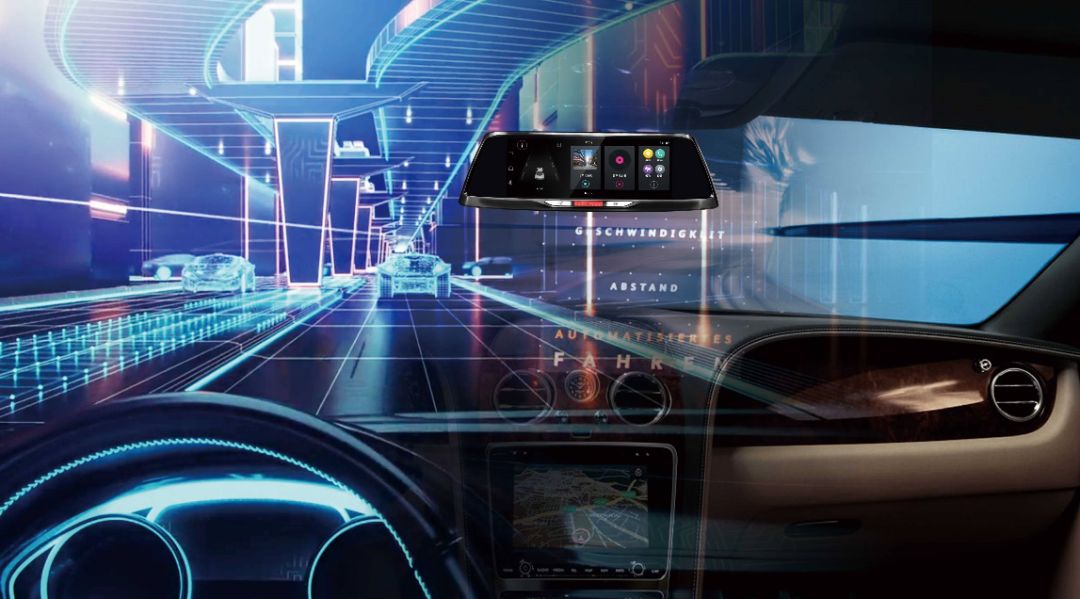
The Internet of Vehicles is not waiting for “bystanders”
Two centuries ago, humanity began to attempt to manufacture automobiles, and as the number of cars became one of the core issues in modern urban governance, our understanding of cars became “commonplace”.
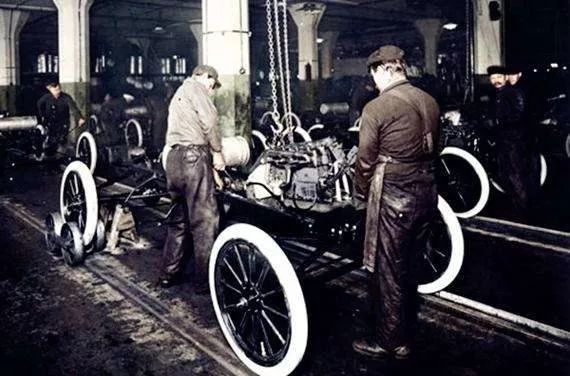
Compared to the “centenarian” automobile, the smartphone can be considered a young player in technological development, but overnight, smartphones brought mobile phones into a new stage. Now, this change is set to impact automobiles.
Unlike the seemingly sudden transformation of smartphones, the ongoing transformation of the Internet of Vehicles is being quietly observed by many, while some are eagerly preparing to take action.
This palpable feeling of being in the midst of change is closely related to the several signals indicating that “the Internet of Vehicles is about to become popular”.
First, on the technological front. It must be said that the Internet of Vehicles has been one of the first to ride the wave of 5G commercialization. We have often discussed why many things that 4G networks could not achieve are now being prioritized with the advent of 5G, so I will not elaborate further.
In fact, the Internet of Vehicles was not only noticed after the anticipation of 5G commercialization; this concept has been recognized for a long time, and we have already enjoyed some practical implementations of the “Internet of Vehicles”, such as navigation and positioning, which have bridged the gap between vehicles and roads. The so-called 5G network, which claims to connect everything, is beginning to address issues such as technical limitations and data security within the Internet of Vehicles.
5G requires stable communication technology for the data exchange of moving vehicles, significantly reducing data latency and enhancing driving safety under the Internet of Vehicles. Compared to large systems like smart cities or previously relatively blank fields like telemedicine, the Internet of Vehicles, as an IoT application area with a certain foundation, has prepared fertile ground for the application of its ultra-high speed.
According to the China Society of Automotive Engineers, it is estimated that by 2025 and 2030, the ratio of new vehicles sold in China that are connected will reach 80% and 100%, respectively, with a total market size exceeding one trillion yuan.
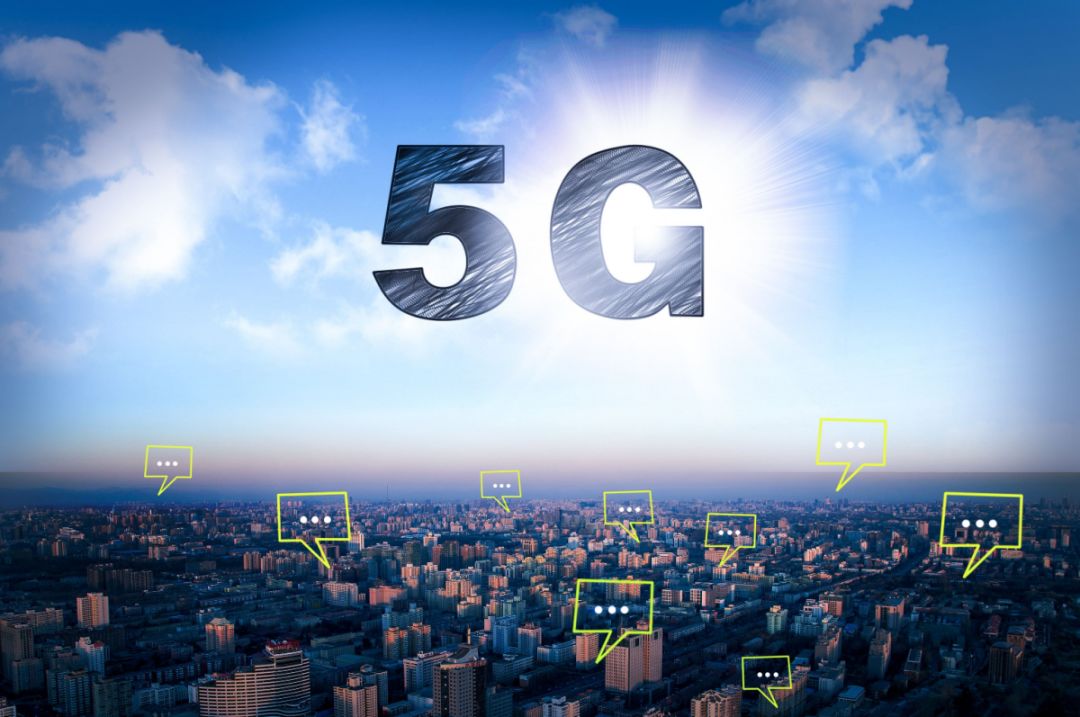
Second, on the user front. Currently, in ordinary driving environments, most drivers rely on mobile phone navigation for driving, which urgently needs to be replaced from the perspective of safety and convenience; moreover, as vehicles are one of the main means of transportation, the entertainment potential within the vehicle space has not been fully developed—20 years ago, the biggest entertainment while driving was listening to the radio, and 20 years later, it is still likely to be listening to the radio.
As mobile applications have changed many habits in social life, providing convenience while occupying a significant amount of fragmented entertainment time, the user experience in automobiles can be described as very low: isolated, unable to connect to the internet, monotonous, and with safety hazards, leading to fatigue.
Under the stimulation of these pain points, the demand and expectations of vehicle users for the Internet of Vehicles are quite substantial, and we may see that as the mobile internet dividend diminishes, the “mobile vehicle internet” that has seen little change for decades is beginning to stir.
Third, on the policy front. In December 2018, the Ministry of Industry and Information Technology launched the “Action Plan for the Development of the Internet of Vehicles (Intelligent Connected Vehicles) Industry” nationwide, highlighting the government’s high regard for the development of the Internet of Vehicles industry and clearly stating that it will increase policy support for the industry and strengthen local government participation.
With 2020 as a dividing point, the development of the Internet of Vehicles industry is transitioning from a demonstration application phase to a large-scale application phase. The clear support direction is also an important driving factor for the Internet of Vehicles, which has shown a spark of potential since the second half of last year.
The internet and traditional manufacturing are racing against each other
Under the stimulation of the three major reasons mentioned above, the Internet of Vehicles is gradually accelerating, and the entrants are making the competition within the field even more intense: everyone wants to shorten the testing cycle and take the lead in occupying the market and gaining public recognition. Although there are various approaches in the Internet of Vehicles field, they can be summarized into two major camps.
On one side is the internet approach led by BAT: not manufacturing cars, but supported by the omnipotent industrial internet, the core idea is to infiltrate the “Internet + car” applications into vehicles through the Internet of Vehicles, regardless of what kind of car it is, it cannot “run” without me.
Among them, Baidu’s autonomous driving has certainly captured a lot of public attention. Five years ago, in 2014, Baidu announced the launch of its “driverless car” research and development plan, and by the end of 2015, it announced the first full autonomous driving in mixed modes on urban roads, ring roads, and highways, while also announcing the establishment of an autonomous driving division, planning to achieve commercial use of autonomous vehicles in three years and mass production in five years.
At the Baidu AI Developer Conference in 2018, Li Yanhong fulfilled his promise: the first driverless bus, Apollo 3.0, rolled off the production line and is planned to be applied in tourist areas and factories, with plans for export to Japan. In terms of autonomous driving, Baidu, as an internet giant, is undoubtedly leading the way.
On the other side are traditional automobile manufacturers, whose production capacity is their greatest strength: to manufacture cars, whether traditional or smart, you must first understand how to build cars; without cars, what can you apply technology to?
Among traditional manufacturers, they can roughly be divided into three tiers.
The first tier consists of financially robust companies, such as BMW, which has attempted independent research and development. BMW’s IDRIVE system is one such attempt, allowing gesture control of certain driving operations.
The second tier consists of small and medium-sized car brands that lack funds for independent research and development, either becoming testing grounds for internet companies to integrate third-party systems into their vehicles or being eliminated by the times by “sticking to the old ways”.
The third tier consists of new car-making forces born with a golden key. The most representative is Tesla, which was born in the internet era and was destined to redefine the next century of automobiles. By developing both the car and the system together, the car can “grow”—the system can iterate, directly targeting the intelligence and humanization of automobiles.
The two major development approaches of the Internet of Vehicles differ completely due to their different foundations, and in recent years, there have been many collaborative interactions producing chemical reactions. Overall, we can still identify several common points:
First, although new automotive products under the Internet of Vehicles have been mass-produced, they may still require practical testing due to technological limitations or may not be produced in large quantities due to high prices;
Second, if the Internet of Vehicles is a large blueprint, everyone has only unveiled a part of it; the completion of the entire blueprint cannot be seen in just two or three years of solo efforts; after investing significant funds and time, the real market testing will begin;
Third, whether it is the internet or the main manufacturers, there will always be those who are ahead; when a few succeed, it inevitably raises concerns about whether the vehicles I bought for two or three hundred thousand yuan will be eliminated by the Internet of Vehicles.
Mushroom Car Union becomes a dark horse in the race
There are countless roads leading to Rome. In addition to the two major approaches within our normal thinking scope, there are also those who propose a “different approach” in the field of the Internet of Vehicles: to fully leverage the spirit of open and win-win industrial internet, the Internet of Vehicles does not necessarily have to operate on designated models, but rather let all vehicles connect to the internet.
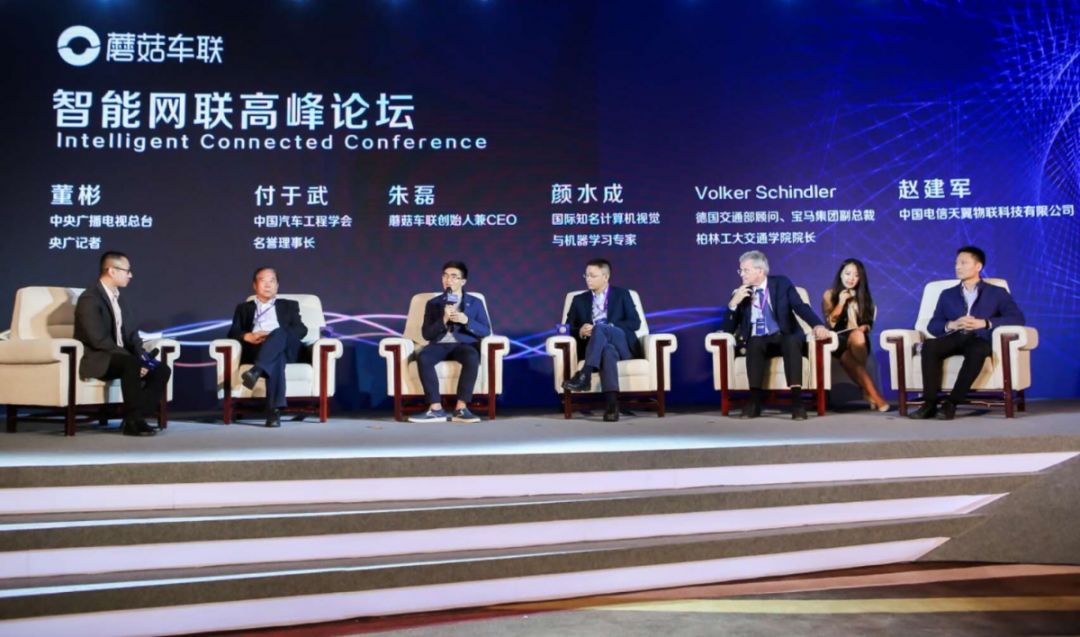
While BAT and automobile manufacturers are circling around the issue of car manufacturing, this alternative approach has given rise to what is known as “third-party service providers”.
Among the “third parties”, some have already taken the lead: Mushroom Car Union. In the field of the Internet of Vehicles, Mushroom Car Union has a very strong uniqueness, mainly reflected in the following points:
First, it serves as a bridge. As mentioned earlier, whether it is the internet manufacturing the Internet of Vehicles or traditional manufacturers, the differences in strength lead to different starting points; large companies with money and power can develop in cutting-edge technologies, while most small and medium-sized enterprises are forced to face the trend of elimination. If the Internet of Vehicles is mass-produced under this trend, it will become the iPhone of the automotive industry for a period of time, and small manufacturers will have to invest much more to catch up in the automotive field than in making a phone.
Mushroom Car Union positions itself from a third-party perspective when providing Internet of Vehicles services. Unlike BAT embedding systems into cars or BMW and Tesla manufacturing Internet of Vehicles systems, the third-party system is aimed at the entire automotive industry.
In other words, car manufacturers continue to produce cars at their original pace, while the intelligent, living internet fully engages in technical work. The system of Mushroom Car Union avoids the disconnection of the automotive revolution era; new cars equipped with intelligent systems can lead the new era, while older models equipped with Mushroom Car Union will not be eliminated by the times. From the perspective of the entire automotive development history, this “third-party” perspective that bridges the new and old eras allows the industry to operate without intense conflicts, enabling a healthier development.
Second, uniqueness. After deciding to leave car manufacturing to the experts and become an expert in the Internet of Vehicles, Mushroom Car Union is currently the only company in the Internet of Vehicles sector that has proposed a complete solution for automotive intelligence integration.
With user experience at its core, it was the first in the automotive field to launch the “AI Cloud + OS + Intelligent Terminal + Sensors” integrated solution for the Internet of Vehicles, providing diversified open services of cloud, terminal, and cloud + terminal to fully meet the customized needs of individual consumers and enterprise users.
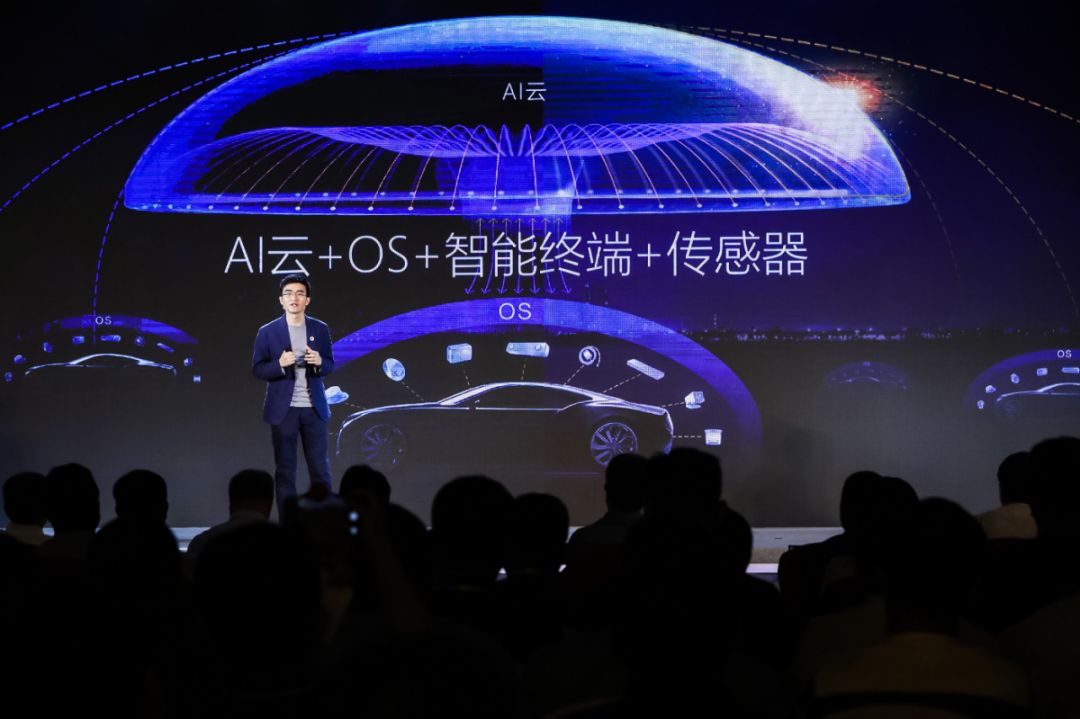
By “planting” each mushroom into every vehicle, it aims to create an overall ecosystem for the Internet of Vehicles, thus possessing strong “compatibility”; Mushroom Car Union seems to have an innate sense of responsibility towards the automotive industry.
Third, a higher starting point. Compared to departments within large companies, Mushroom Car Union focuses on playing the role of a “third party”; the A-round financing completed in early 2019 was led by Tencent, amounting to 120 million USD; similar to other entities with significant development potential in the Internet of Vehicles field, Mushroom Car Union not only capitalized on the national policy dividend but also received support from government departments. In this favorable opportunity, it is believed that the speed of product iteration will exceed expectations.
At the same time, the core team of Mushroom Car Union comes from companies like Tencent, Baidu, Microsoft, Huawei, and BMW, with rich experience in hardware architecture, chip design, operating systems, deep learning, and large-scale neural network applications. This “high starting point” undoubtedly makes Mushroom Car Union more capable of accelerating forward in the Internet of Vehicles field.
In the internet era, the role of the “third party” often accumulates strength over time; with precise entry points and professional investment, not only can they seize the opportunity to get ahead, but they also qualify to laugh last.
In this historical tide of the Internet of Vehicles, Mushroom, this “new entity” that does not follow the conventional path, seems to have already laid the groundwork, and we look forward to its “expected” explosion.


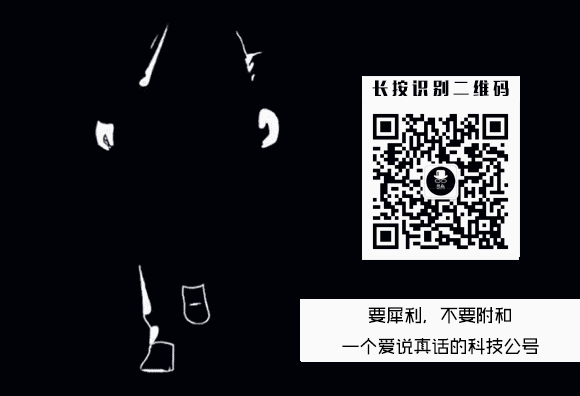




Account Introduction
Ni Shu: Partner at an investment fund, a well-known technology self-media. Studied under financial writer Wu Xiaobo, later spent 7 years in internet companies, awarded as the annual author by Titanium Media & Sina Technology in 2017, and author of the viral WeChat article with over a million views, “Every Jia Yueting has a Hu Xueyan in their heart”. In 2018, he was interviewed by CCTV as a representative of self-media. His articles are frequently seen in over 50 mainstream technology media outlets, including Titanium Media, iBlack Horse, 36kr, Interface News, and Lieyunwang. Welcome to reprint with attribution, WeChat ID: maohao-2002